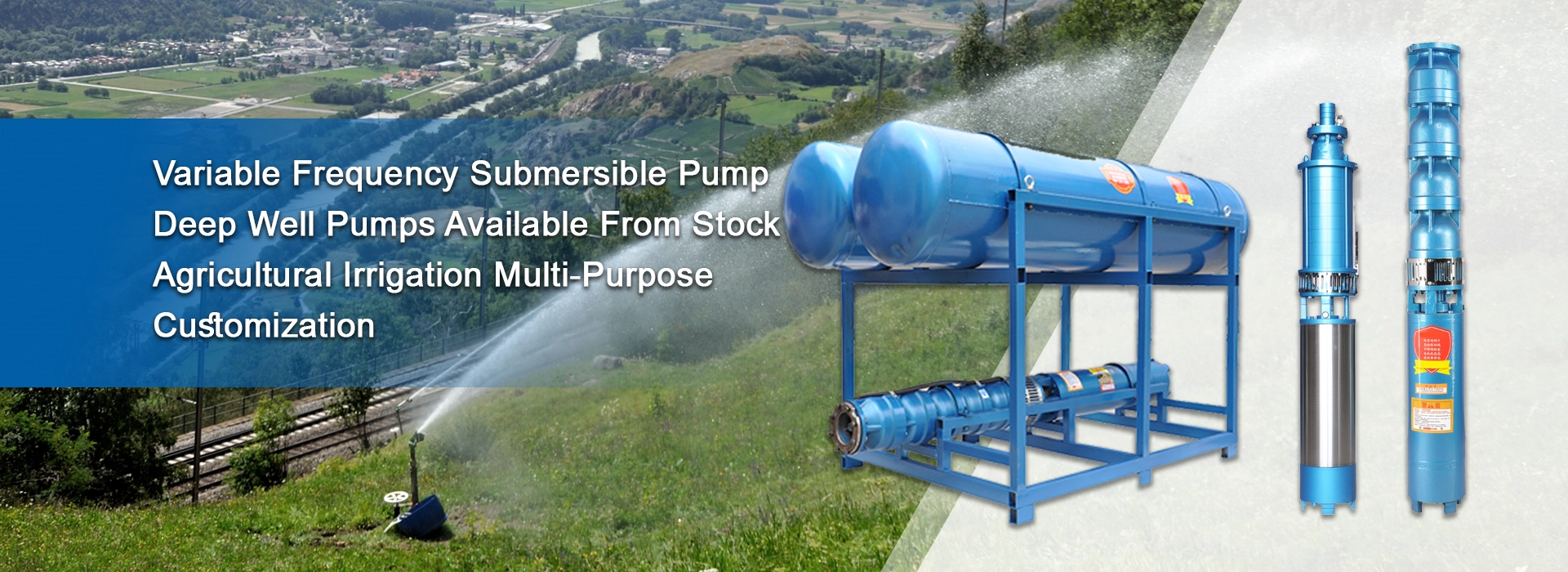Oct . 14, 2024 17:47 Back to list
Exploring the Benefits of Deep Well Submersible Pumps for Efficient Water Extraction
Deep Well Submersible Pumps An Overview
Deep well submersible pumps (DWSPs) are specialized mechanical devices designed to extract water from deep underground sources. These pumps are crucial for various applications, including agricultural irrigation, municipal water supply, and industrial processes. This article explores the principal features, operational principles, advantages, and common applications of deep well submersible pumps.
Design and Working Principle
The deep well submersible pump consists of a motor and pump assembly, both housed within a waterproof casing. The motor, usually situated at the bottom of the pumping unit, drives the pump impellers, which move water upward through the well casing. Unlike conventional pumps that sit above ground, DWSPs are submerged in the water they pump, which helps them operate efficiently and reduces risks associated with cavitation—a phenomenon that can cause significant damage to pumping equipment.
When the pump is activated, the motor turns the impeller blades, creating centrifugal force that draws water into the pump. The design often includes multiple stages, with each stage containing an impeller and diffuser. This design allows the pump to generate high pressure, enabling it to lift water from greater depths compared to surface pumps. The pumped water then travels through a discharge pipe to the desired location, whether it be for irrigation, drinking water, or industrial use.
Advantages of Deep Well Submersible Pumps
1. High Efficiency One of the primary benefits of DWSPs is their efficiency in moving water from significant depths. Their submerged design reduces friction losses compared to surface pumps, making them ideal for deep wells.
2. Durability Modern DWSPs are constructed from corrosion-resistant materials, ensuring a longer service life and reducing maintenance needs. This durability is especially important in groundwater applications, where water quality may vary significantly.
3. Space-Saving Design Since the pump operates below ground level, there is less need for large above-ground equipment, saving valuable surface space. This is particularly advantageous in urban settings or areas where space is at a premium.
4. Less Noise Pollution Because the pump is submerged, it operates quietly. This feature is particularly appealing for residential areas where noise from traditional surface pumps can be a nuisance.
deep well submersible pump

5. Versatility DWSPs can be used in a wide range of applications, from domestic water supply to large-scale agricultural irrigation and industrial processes. Their adaptability makes them a popular choice for a variety of water sourcing needs.
Applications of Deep Well Submersible Pumps
Deep well submersible pumps find applications across numerous industries
- Agriculture Farmers utilize these pumps for irrigation purposes, ensuring that crops receive the necessary water from deep underground aquifers. This is critical in areas where surface water is scarce.
- Municipal Water Supply Many cities rely on DWSPs to supply potable water. As populations grow and water demand increases, these pumps provide an efficient means of accessing groundwater reserves.
- Industrial Use Industries often require significant water volumes for processes such as manufacturing and cooling. DWSPs can provide a reliable source of water directly from underground sources, ensuring production continuity.
- Recreational and Environmental In recreational areas and for environmental management, DWSPs are used to maintain water levels in lakes, ponds, and wetlands, contributing to ecological balance.
Conclusion
Deep well submersible pumps represent a critical technology for accessing groundwater resources efficiently and effectively. Their unique design, combined with a range of operational advantages, makes them indispensable in various applications. As groundwater becomes an increasingly important resource in the face of climate change and population growth, the role of DWSPs in sustainable water management will continue to expand. Investing in quality deep well submersible pumps not only enhances water access but also contributes significantly to long-term resource management strategies.
-
Submersible Water Pump: The Efficient 'Power Pioneer' of the Underwater World
NewsJul.01,2025
-
Submersible Pond Pump: The Hidden Guardian of Water Landscape Ecology
NewsJul.01,2025
-
Stainless Well Pump: A Reliable and Durable Pumping Main Force
NewsJul.01,2025
-
Stainless Steel Submersible Pump: An Efficient and Versatile Tool for Underwater Operations
NewsJul.01,2025
-
Deep Well Submersible Pump: An Efficient 'Sucker' of Groundwater Sources
NewsJul.01,2025
-
Deep Water Well Pump: An Efficient 'Sucker' of Groundwater Sources
NewsJul.01,2025
-
 Submersible Water Pump: The Efficient 'Power Pioneer' of the Underwater WorldIn the field of hydraulic equipment, the Submersible Water Pump has become the core equipment for underwater operations and water resource transportation due to its unique design and excellent performance.Detail
Submersible Water Pump: The Efficient 'Power Pioneer' of the Underwater WorldIn the field of hydraulic equipment, the Submersible Water Pump has become the core equipment for underwater operations and water resource transportation due to its unique design and excellent performance.Detail -
 Submersible Pond Pump: The Hidden Guardian of Water Landscape EcologyIn courtyard landscapes, ecological ponds, and even small-scale water conservancy projects, there is a silent yet indispensable equipment - the Submersible Pond Pump.Detail
Submersible Pond Pump: The Hidden Guardian of Water Landscape EcologyIn courtyard landscapes, ecological ponds, and even small-scale water conservancy projects, there is a silent yet indispensable equipment - the Submersible Pond Pump.Detail -
 Stainless Well Pump: A Reliable and Durable Pumping Main ForceIn the field of water resource transportation, Stainless Well Pump has become the core equipment for various pumping scenarios with its excellent performance and reliable quality.Detail
Stainless Well Pump: A Reliable and Durable Pumping Main ForceIn the field of water resource transportation, Stainless Well Pump has become the core equipment for various pumping scenarios with its excellent performance and reliable quality.Detail
